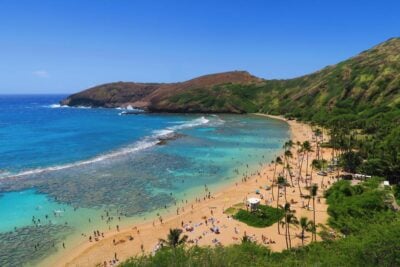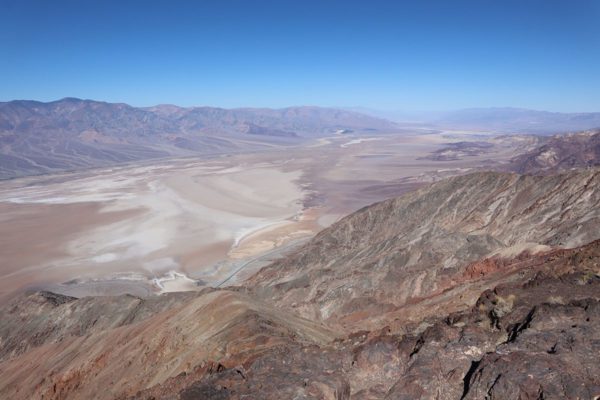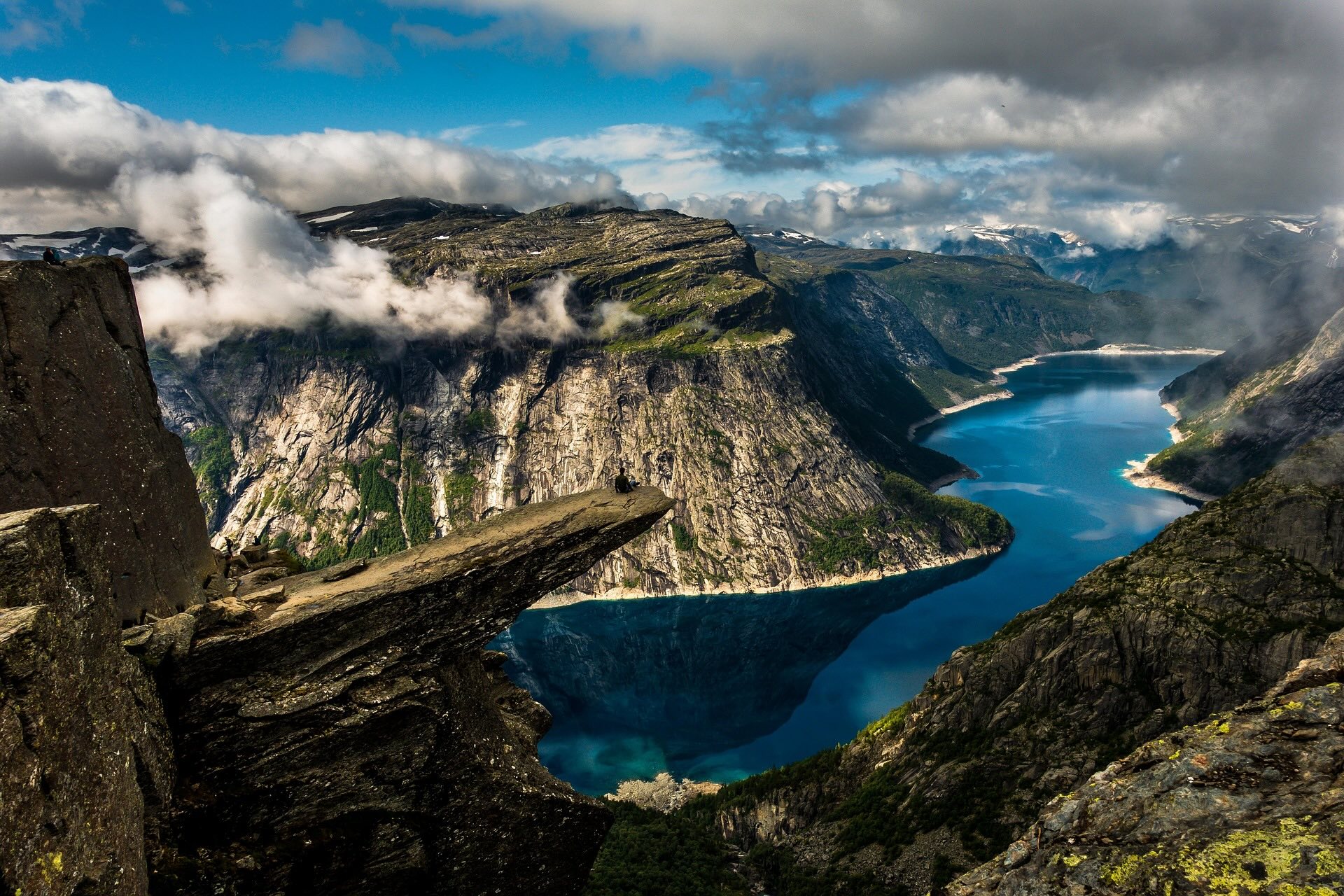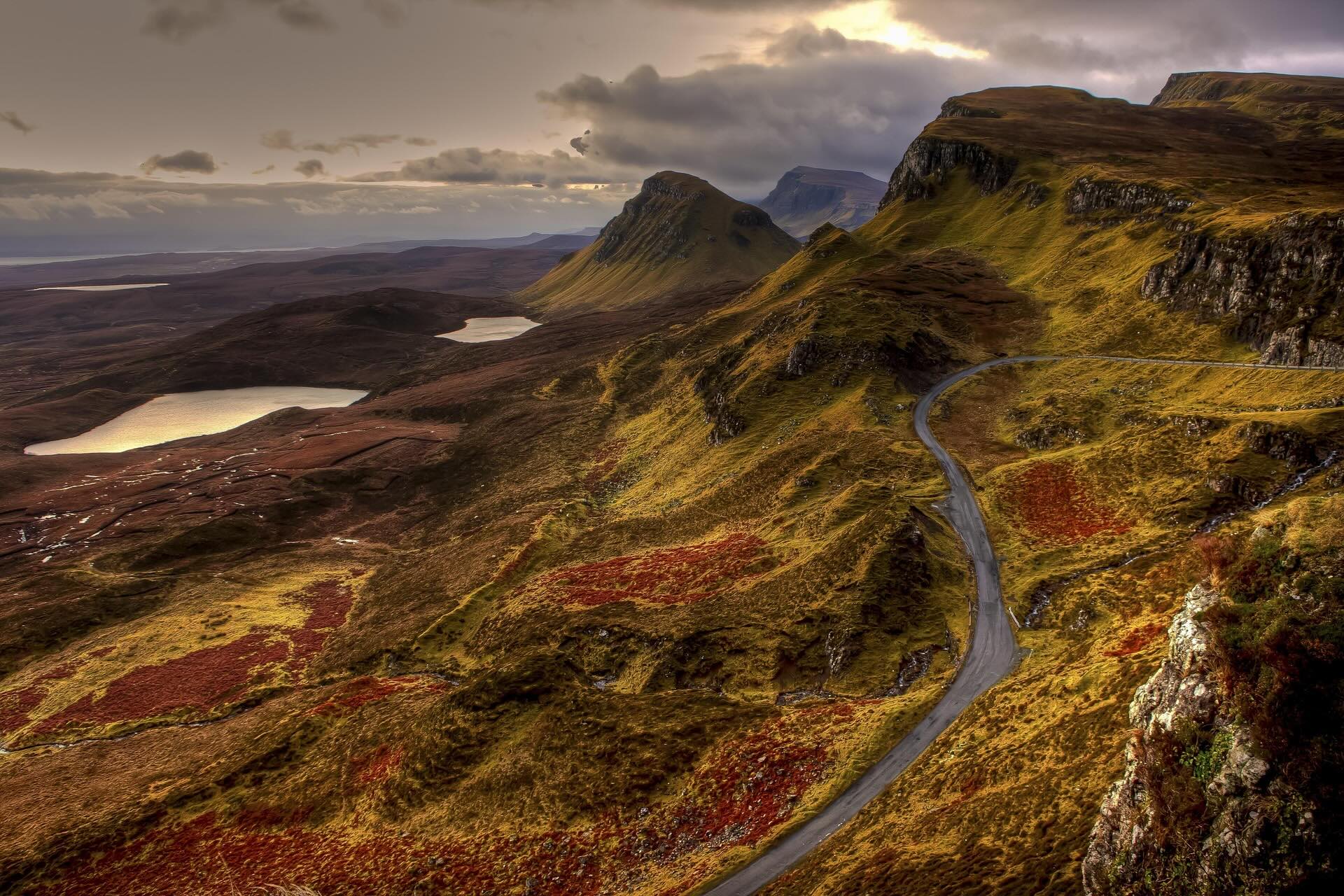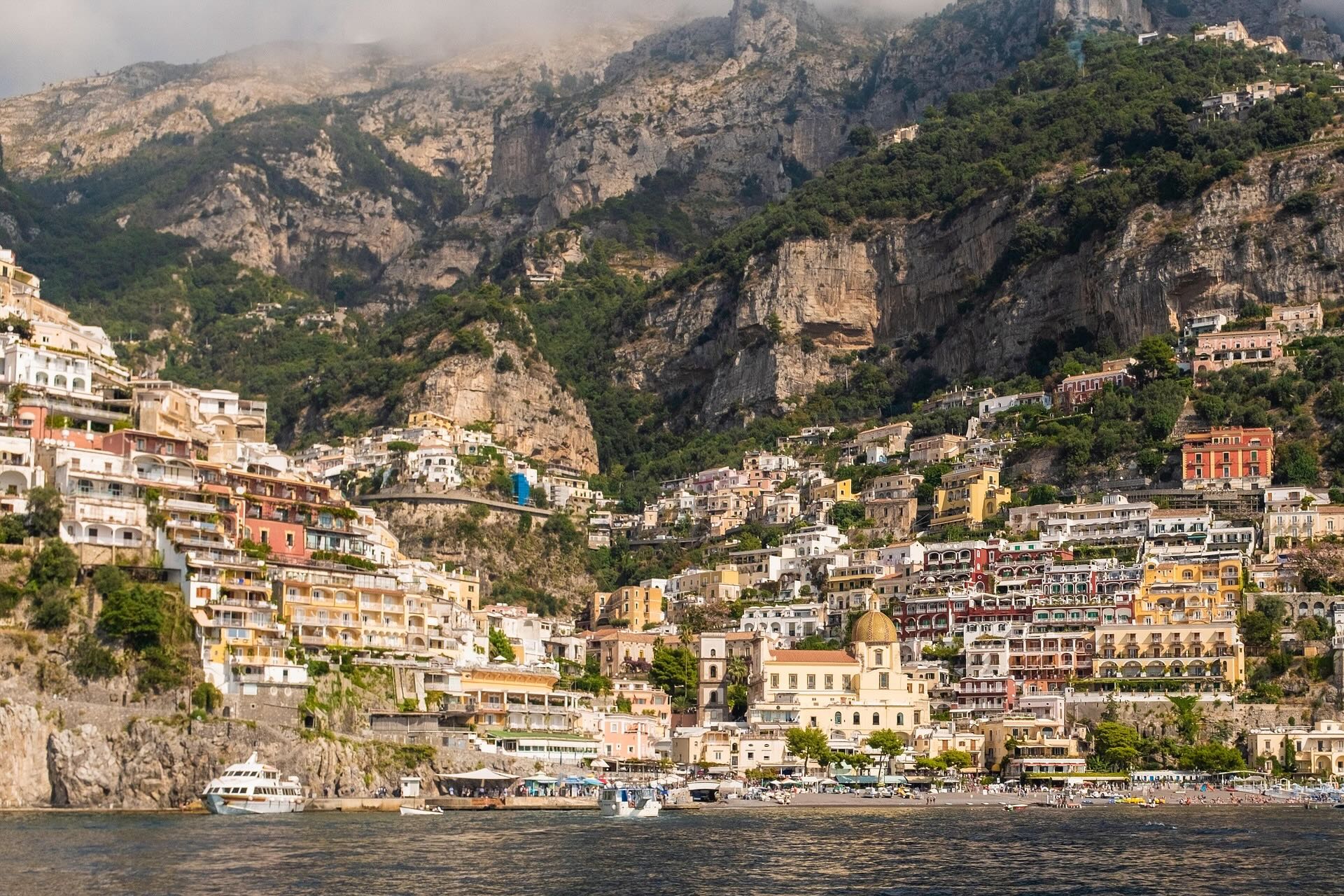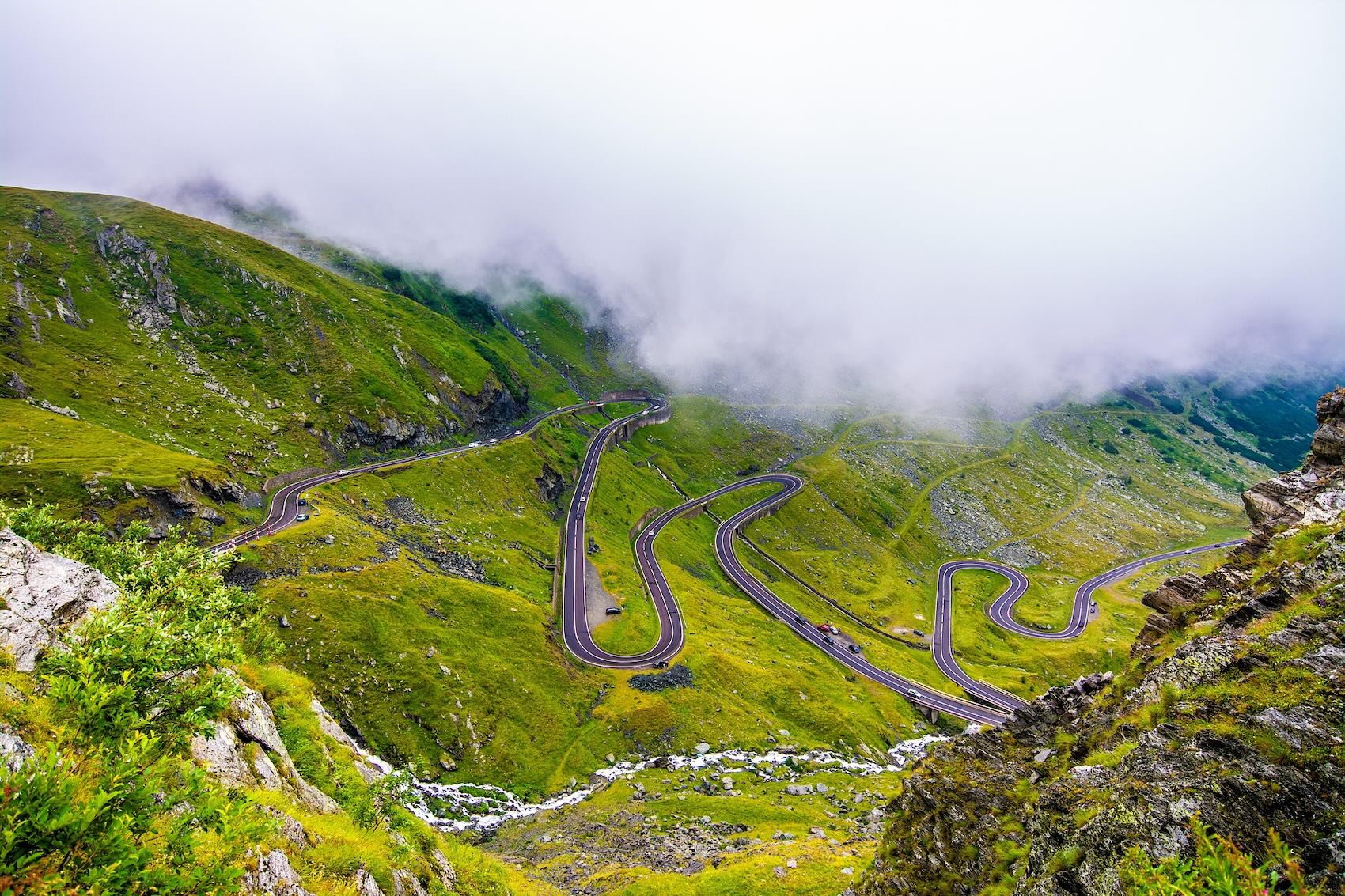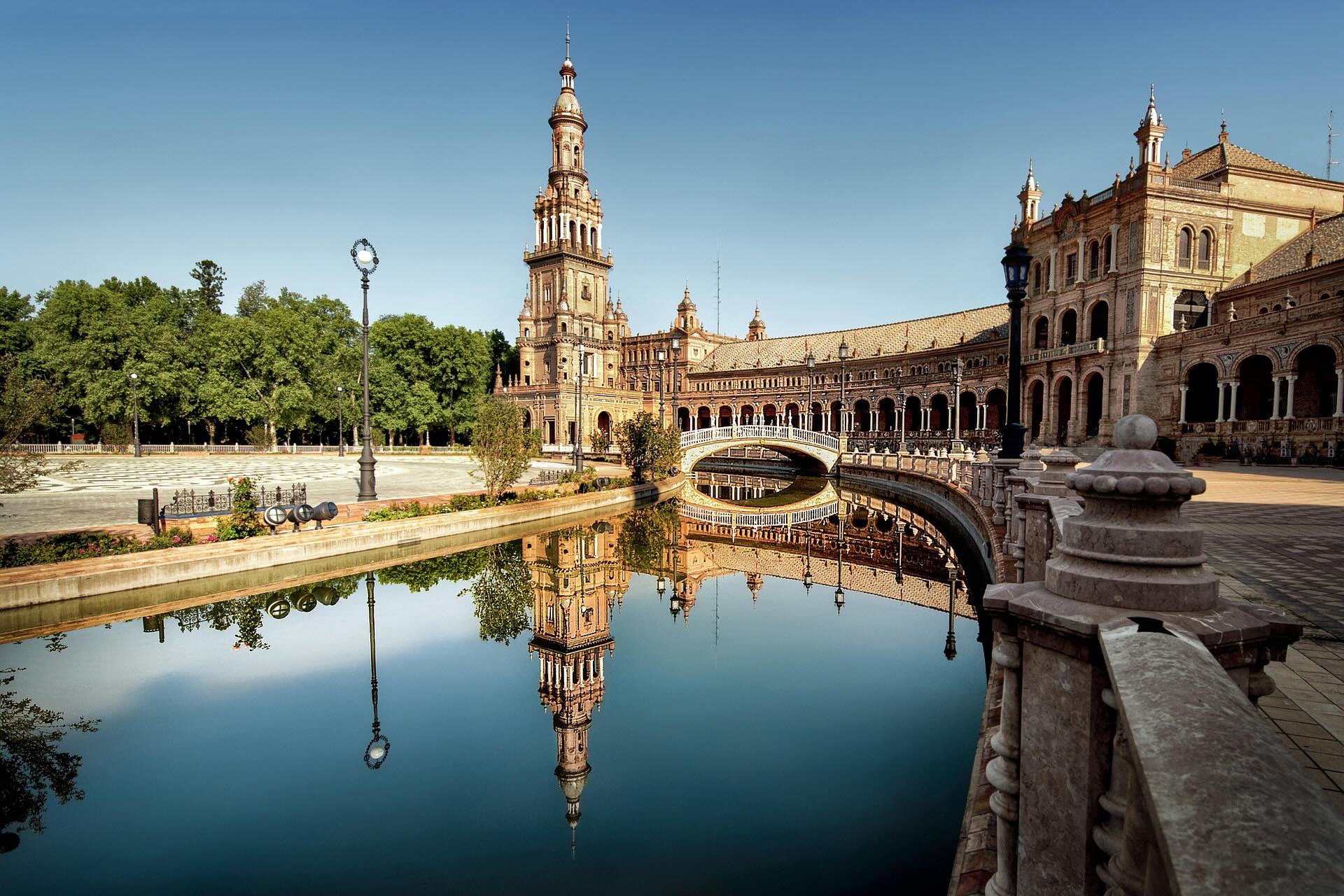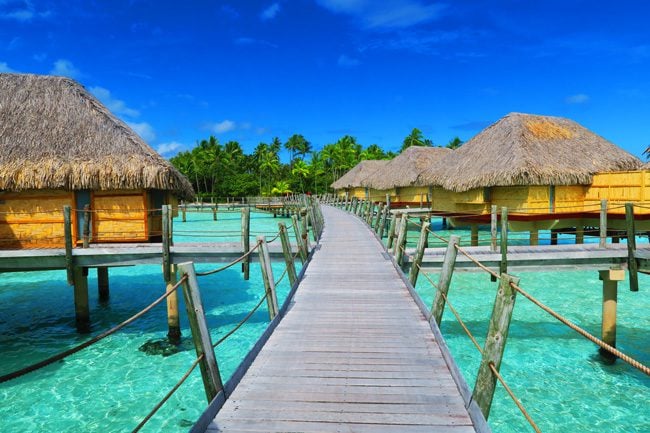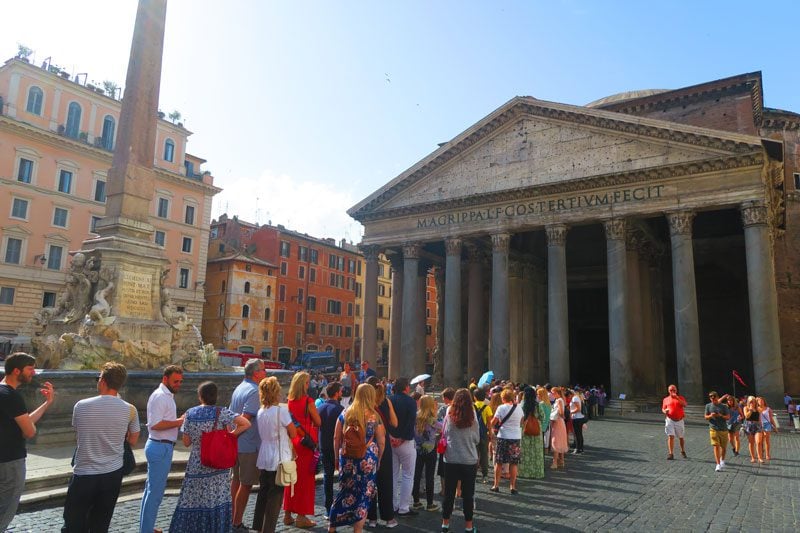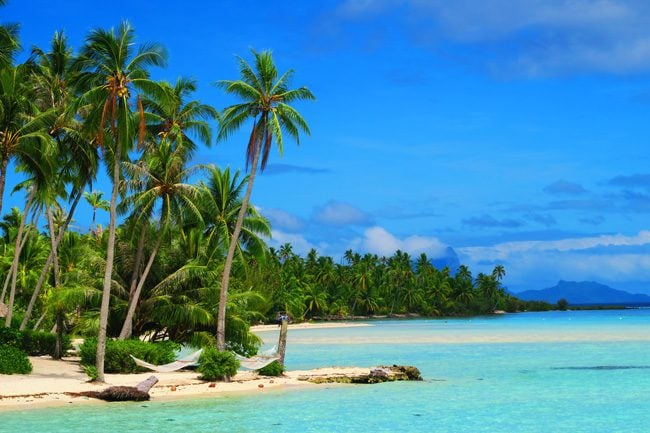4 Days in Cape Town
Tucked between Table Mountain and the Atlantic Ocean, Cape Town visitors are spoiled with fantastic sites, white sand beaches, world class food and renowned wine – set in centuries of multicultural history
The ‘Mother City’ as it is affectionately known, Cape Town is the oldest city in all of South Africa and one of the most beautiful cities in the entire world. Dominated by the iconic Table Mountain, Cape Town offers its visitors a unique mix of historical sites, top-notch beaches, great food, and unrivaled natural scenery for a large metro. It’s also a good base for exploring the surrounding Winelands, where award-winning wine has been made for hundreds of years as well as rugged Cape Point to the south, where ships have been rounding their way to the Far East for centuries.
Cape Town was founded in 1652 by Dutchmen Jan van Riebeeck as the supply station for the Dutch East India Company’s ships that were headed for the Far East. Throughout the years, Dutch, French, Muslim, English, and African influences – have created a highly multicultural city. Cape Town is the legislative capital of South Africa and the old Cape Dutch influence is still evident in the unique architecture and the Afrikaans, which is still widely spoken throughout the province.
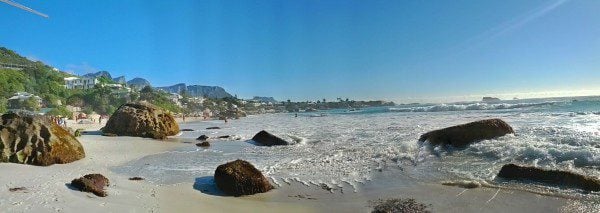
Today’s Cape Town is a prime destination for visitors from around the world and a symbol of tolerance. The people are friendly and the city sits in sharp contrast to the hustle and bustle vibe of Johannesburg with Cape Town’s laid-back and relaxed atmosphere. I had the privilege of spending 4 days in Cape Town during October when the weather is comfortably warm and the days getting longer and longer. You can’t go wrong with a visit to the Mother City and I hope this Cape Town travel guide will help you plan a memorable visit.
Cape Town Travel Tips:
I’ll start off by sharing a few essential travel tips for planning a successful trip to Cape Town and the surrounding area.
- Don’t leave home without the Rough Guide To Cape Town. It also includes the Cape of Good Hope, wine country, and the Garden Route. Together with this guide, it will be your best friend on your visit to Cape Town.
- Check out a few Cape Town online tour tickets that will also save you the long wait in line.
- Unlike the horror stories that you might hear about Johannesburg, Cape Town is a relatively safe place to visit. You can relax and enjoy walking through town during the day and in many parts, also at night.
- South Africa uses a 3 pin electric plug so most universal adaptors won’t accommodate this. Pick one up at the airport or simply make sure your converter will be able to make its way into South African electric sockets.
- Cape Town weather is pleasant and even in the winter months (Europe and the USA’s summer months), you’ll get plenty of pleasantly warm days. However, nights can be chilly in the summer and occasionally, the Cape Doctor or the stronger Southeasterly wind will blow across town. Always pack for hot and chilly weather and you’ll be fine.
- Table Mountain has its own weather conditions and even if it’s pleasant in the city down below, the mountain might be foggy or completely shrouded in clouds. Check weather conditions on the mountain before heading out.
- If you’ll rent a car and need street parking, don’t be alarmed by the ‘parking marshals’ that’ll guide you to an open parking spot. This is totally legit.
- An easy way to get around if you don’t have your car is with taxis. Note that not all taxi meters born equally. The more old looking taxis have notoriously quick meters so riding those will be more expensive (though these are the most widely available taxis). There are a few companies with better services, newer vehicles, and more friendly meters – you’ll have to call in advance for these usually or if you’re lucky, one will be waiting at a local stand. You can always use Uber through your mobile phone to get around in comfort.
- The Western Cape is known for its fine wines. You can buy wines directly from the wineries but in local supermarkets, you’ll find a wide range of excellent wines. A good bottle will set you back 100-200R (less than $20).
- Lion’s Head is a great place to hike. There have been reports of robberies along the way so its best to check with your hotel before for the most recent recommendation.
Cape Town Itinerary Map:
All places mentioned in this Cape Town sample itinerary can be viewed on this map. Simply click on the image to open in Google Maps
